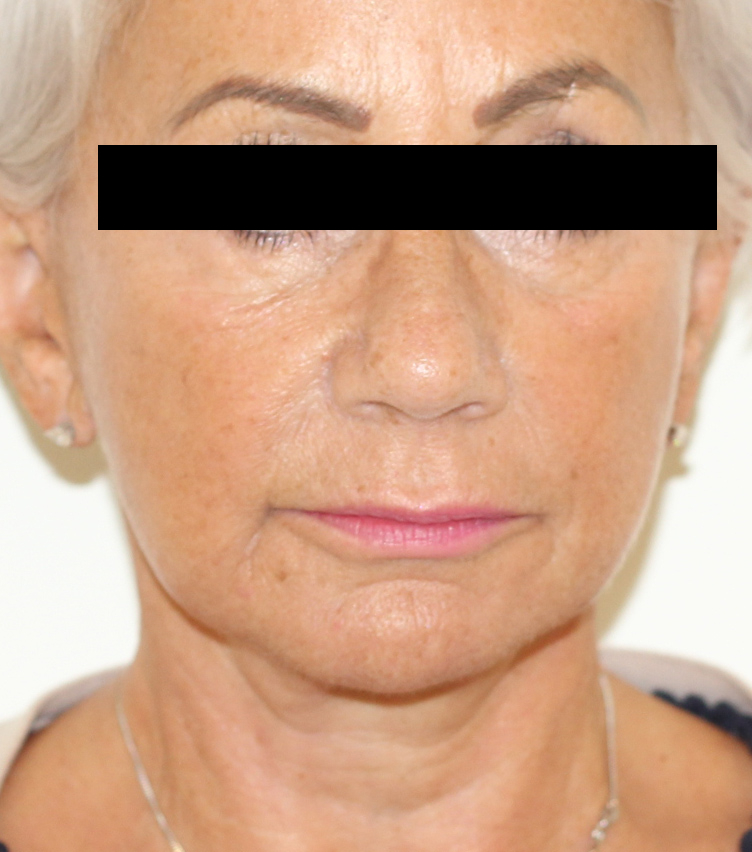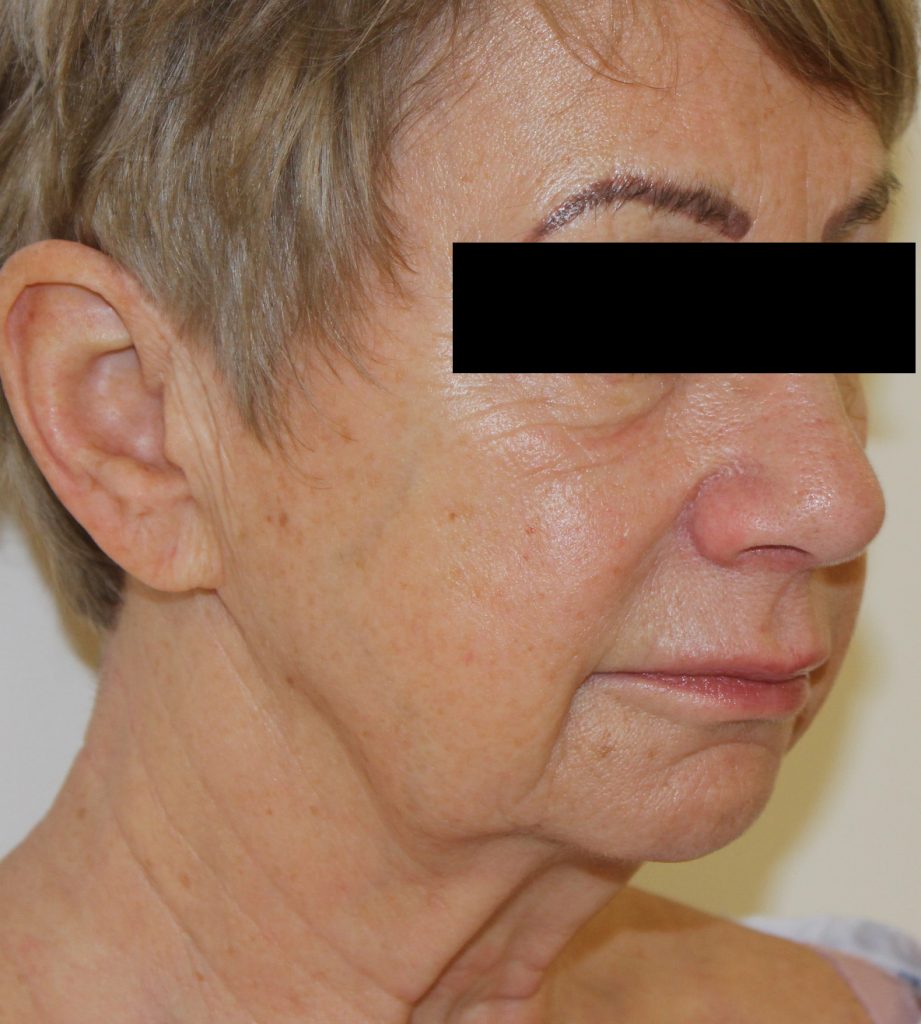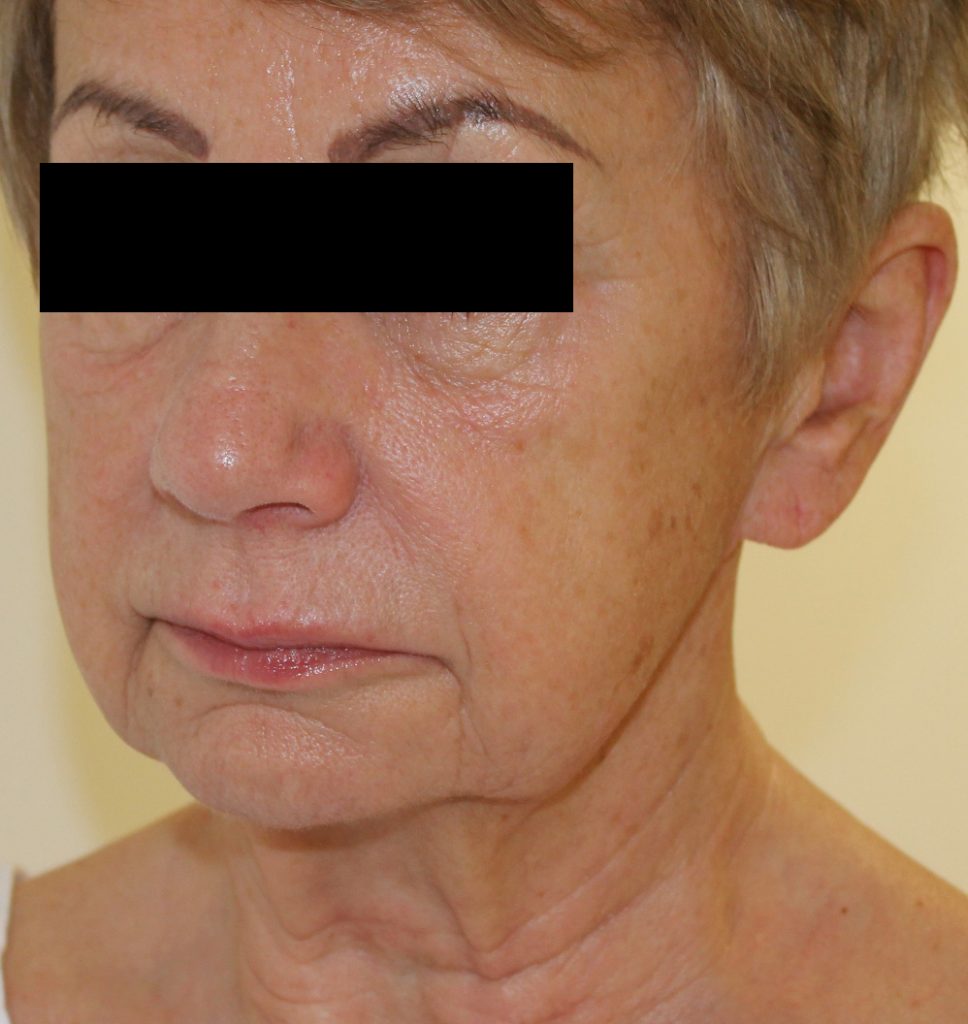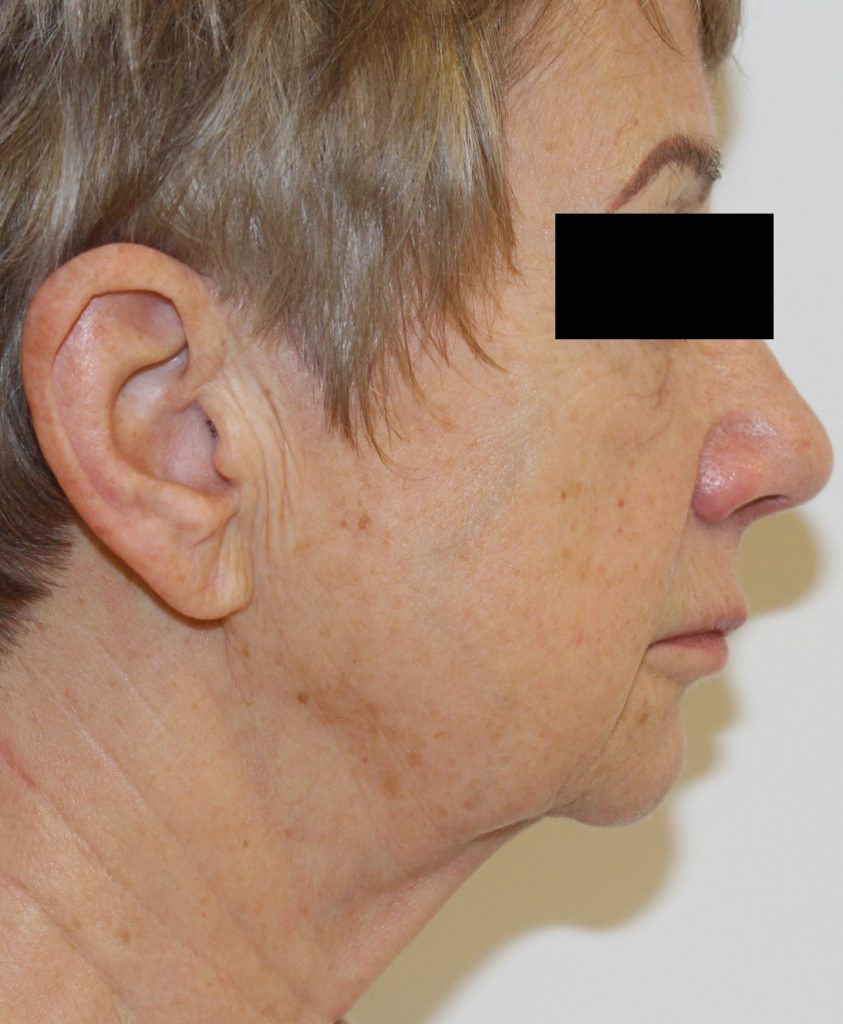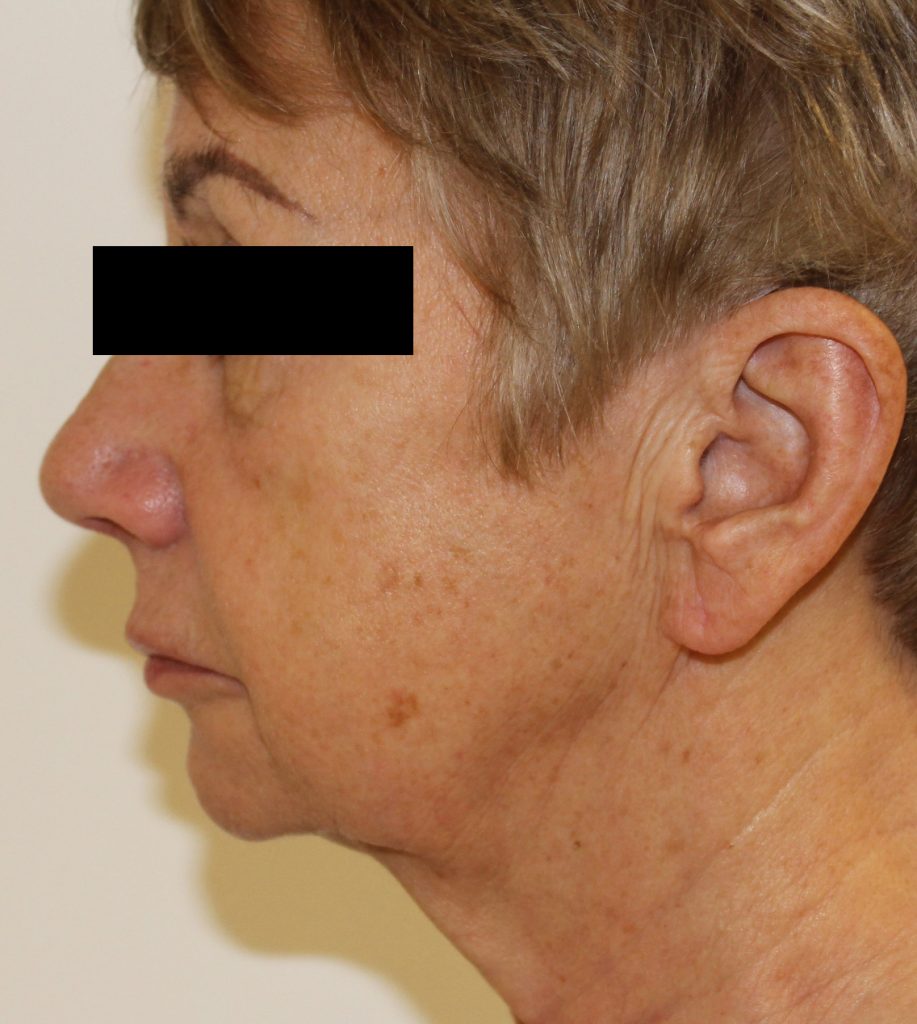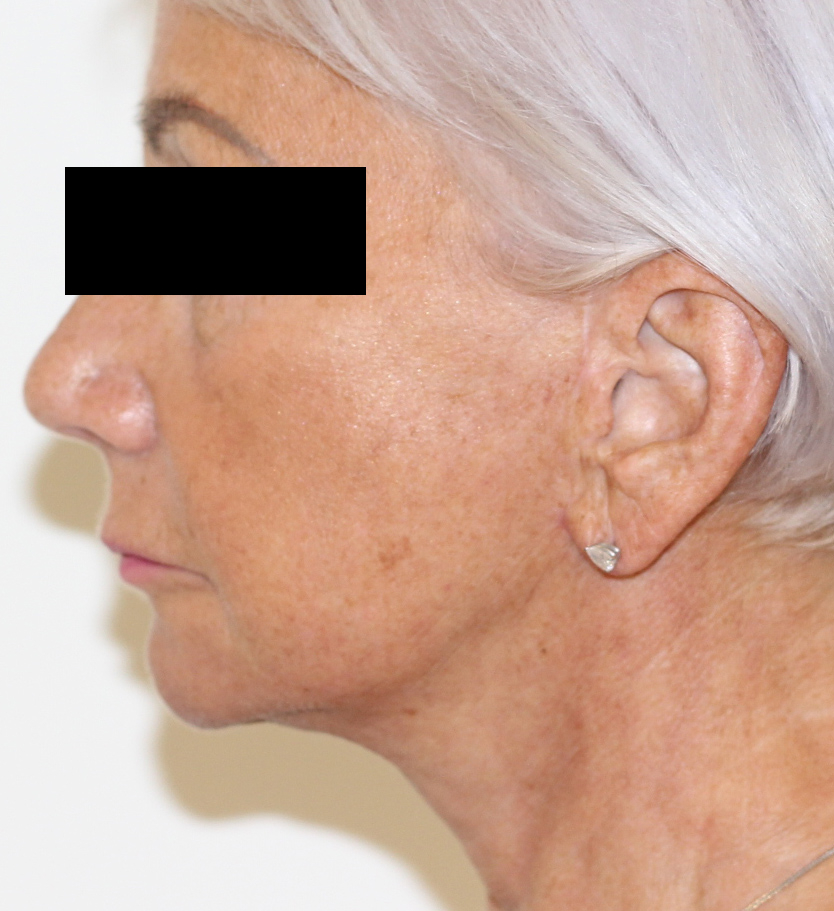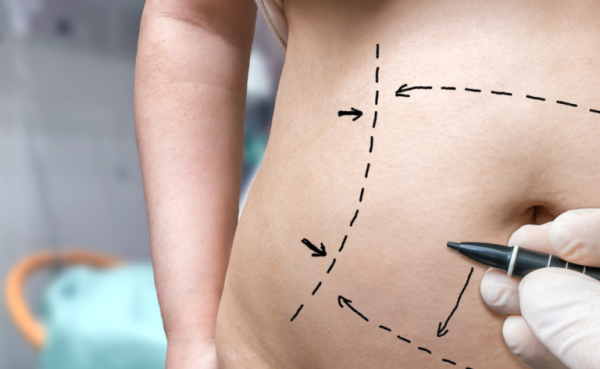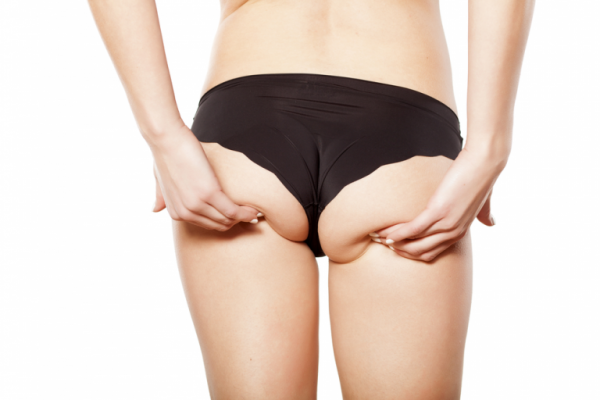Facial Fat Grafting
Facial fat grafting is an effective way to transfer fat to areas that would benefit from volume and structural support in the face.
What Is Facial Fat Grafting?
Many people who start to experience signs of ageing can benefit from a fat transfer to face procedure. It uses the body’s own fat cells to restore fullness and provide structural support for those who may be unsatisfied with their aged appearance. Fat transfer under eyes and cheeks are the most common procedures, though other areas such as the chin and around the creases of the eyes can also benefit.
What Is The Procedure?
This minimally invasive procedure takes between 1 to 2 hours and is generally performed under local or general anaesthetic. Before the fat can be inserted, the area that fat will be removed from is injected with anaesthetic fluid. This fat tissue is usually taken from the inner thigh or abdomen, depending on which area provides the highest quality fat. An incision is made into the face where the fat is then reinserted. The area will then be closed with dissolvable stitches.
You should be prepared to take a week or two off work to recover. It’s also recommended that you arrange for someone to collect you after surgery who can also support you at home.
Case Studies
Fat Transfer To Face Aftercare
You will be able to go home the same day of your surgery. Because of the nature of the procedure, it’s normal to experience swelling and discomfort, which can be helped with analgesia. It’s also advised that you:
- Keep the wounds dry
- Avoid strenuous exercise
- Don’t drive until you feel fully recovered
- Massage the scars once they’re healed
The surgeon will review your recovery progress a week after surgery to ensure your wounds are healing well.
Results
It can take a few months for a fat transfer to face operation to take effect, this is because some of the fat will be reabsorbed back into the body. No matter whether you’ve had fat transfer under eyes or to the cheeks, typically, around 25-75% of the fat cells will survive.
Overall there will be a smoother, plumper appearance. Though many patients are pleased with the final look, in some cases, a further face fat grafting surgery will be necessary to achieve satisfactory results.
Facial Fat Grafting Scars
Because the fat is injected into small incisions, the scars are very minimal.
Potential Risks And Complications
All cosmetic surgery procedures carry with them some potential risks and complications. Many patients complain about numbness, swelling and bruising in the first few weeks. There are other highly uncommon complications including infection, migration of fat and seroma formation. These will be discussed in greater detail with the UK Aesthetic surgeon during your consultation.
FAQs
Who Is It Suitable For?
Those who think their face would benefit from enhancement and have enough body fat for the procedure to go ahead.
Who Is It Not Suitable For?
Anyone who doesn’t have enough fat available in other parts of the body. Those who are being encouraged to have surgery by others, and those with a significant medical history.
How Much Does The Fat Transfer To Face Surgery Cost?
This depends on exactly what facial fat grafting surgery is required. Once you’ve had a consultation with a surgeon, they will be able to advise you on costs including the hospital, surgeon and anaesthetic fees.
How Long Does Fat Transfer Surgery Last?
Fat transfer is a long-term solution, though it may need to be revisited after a few years.

